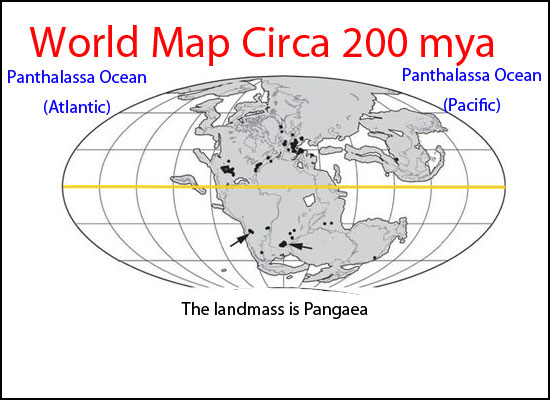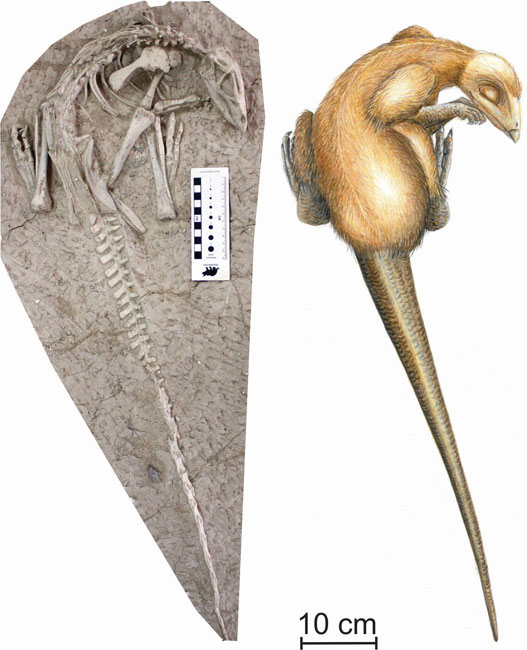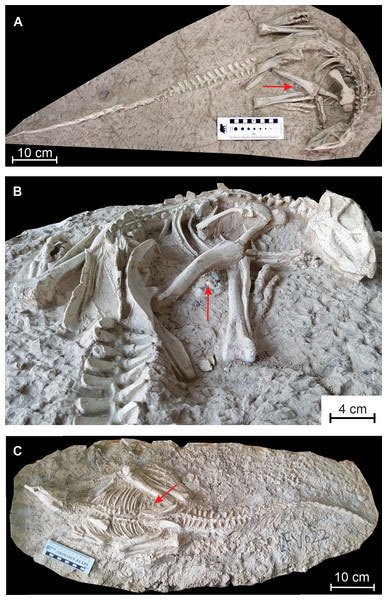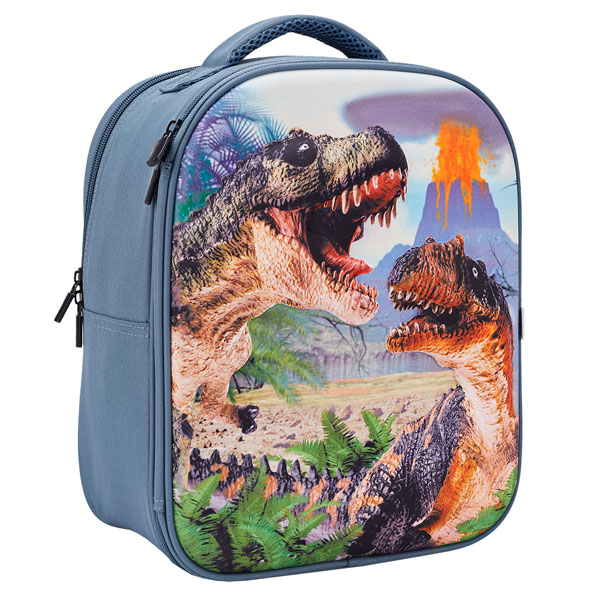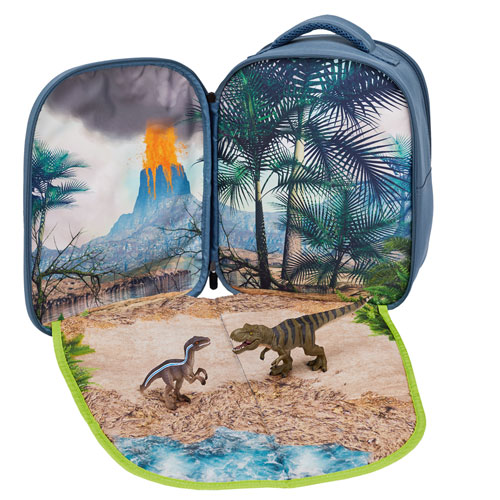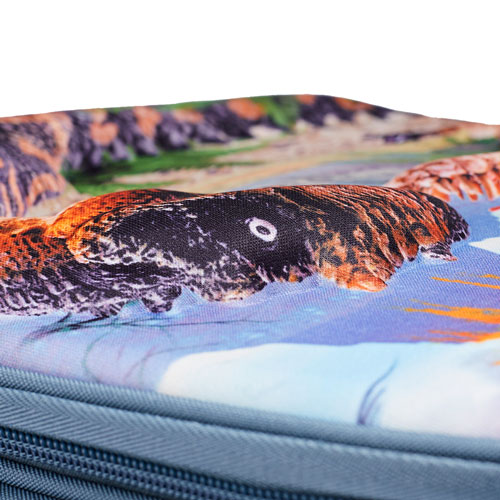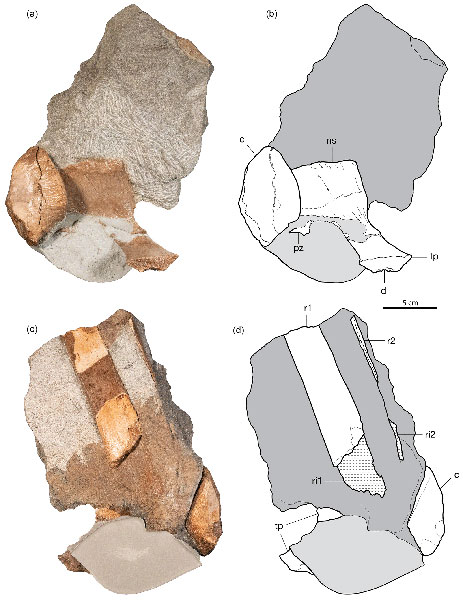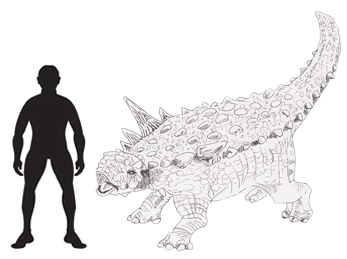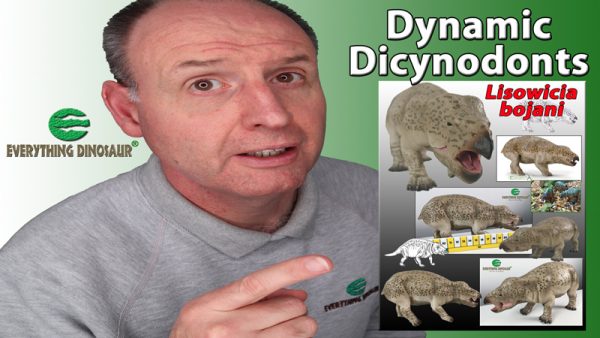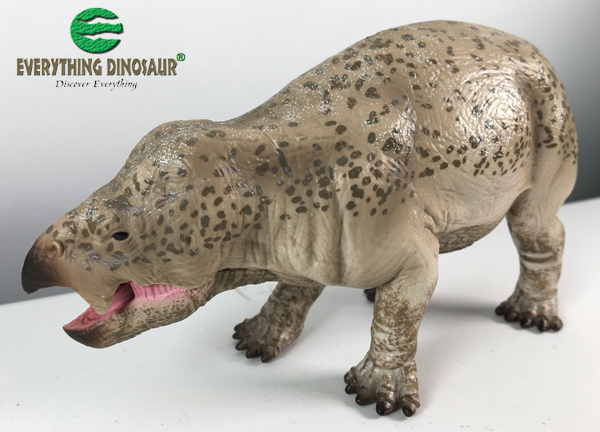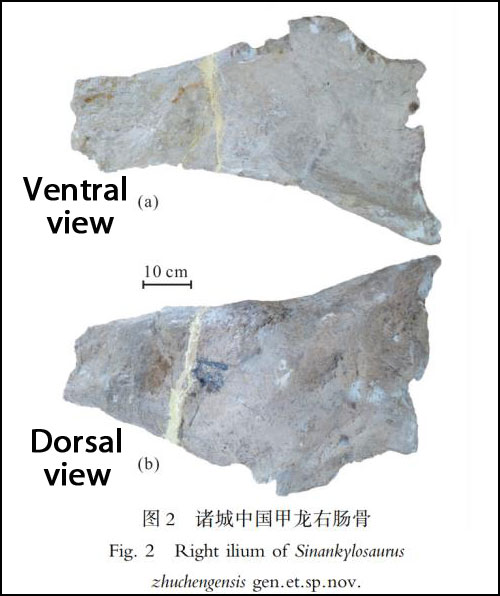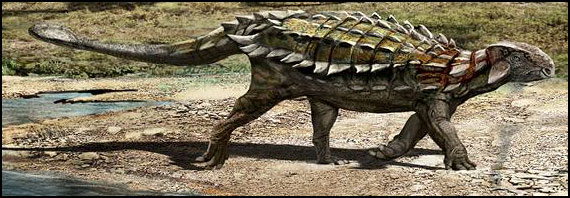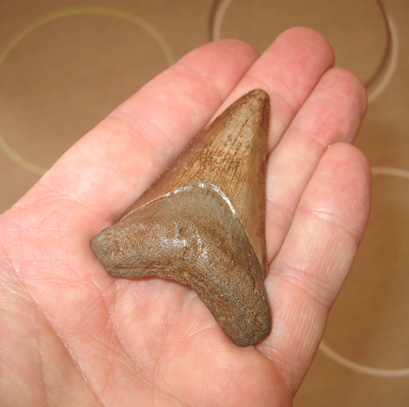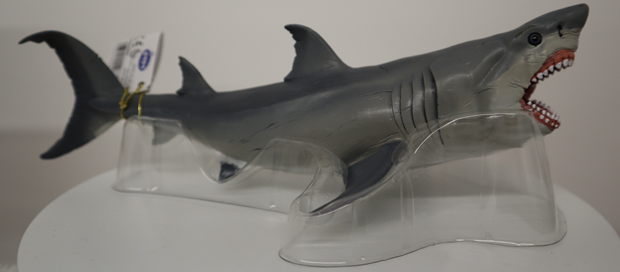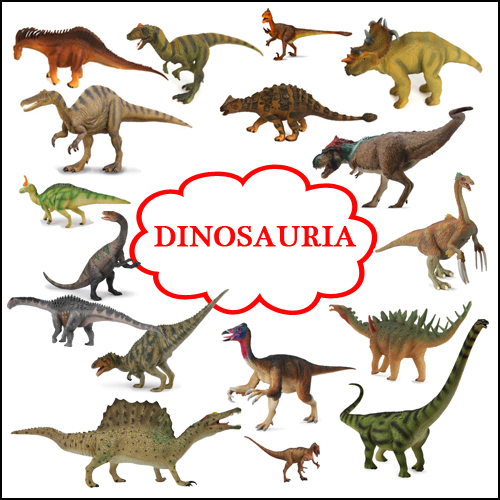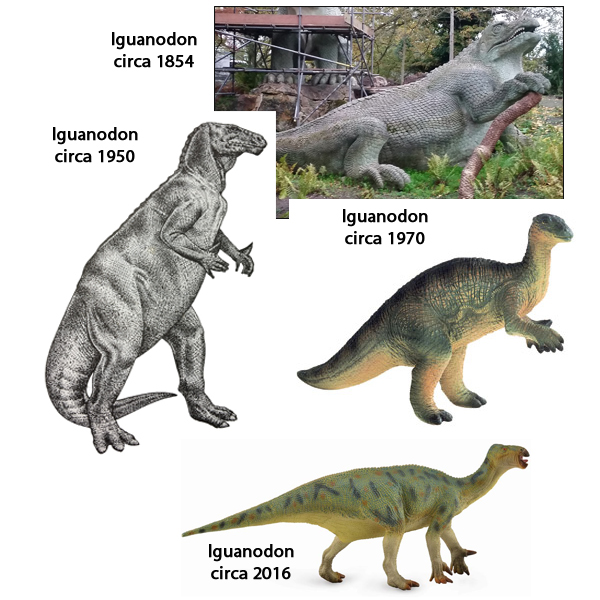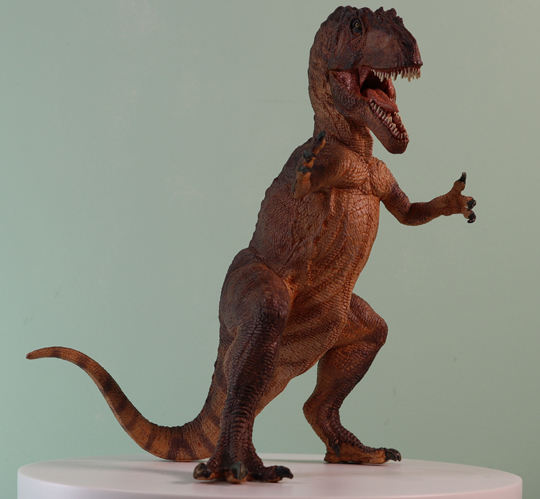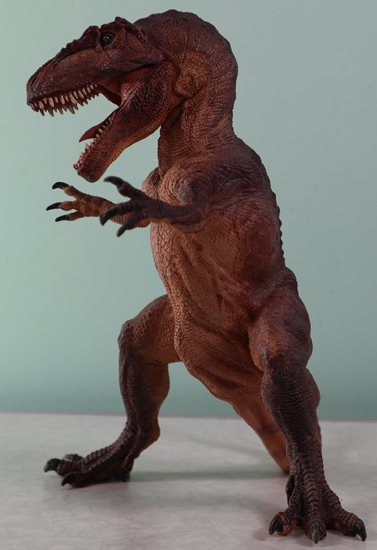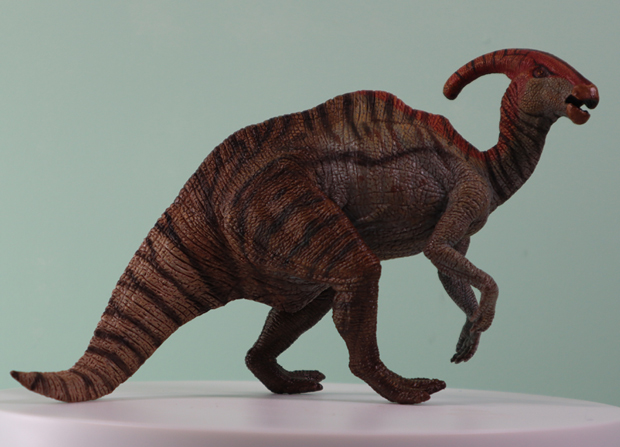New Papo Models Feature in Newsletter
New Papo Models Feature in an Everything Dinosaur Newsletter
New Papo models feature in the Everything Dinosaur early September newsletter including the controversial Papo Giganotosaurus dinosaur model. The Papo Giganotosaurus is very well made and distinctly Papo, however, its anatomically inaccurate stance and unusual body proportions have led to criticism from some prehistoric animal model collectors. This substantial dinosaur model has certainly divided opinions. Some collectors might regard it as a throwback to much earlier dinosaur sculpts but there is no denying the quality of the finish and the excellent detailing, especially those carefully created skin folds and scales.
New Papo Models
The Papo Giganotosaurus Dinosaur Model Features in the Everything Dinosaur Newsletter
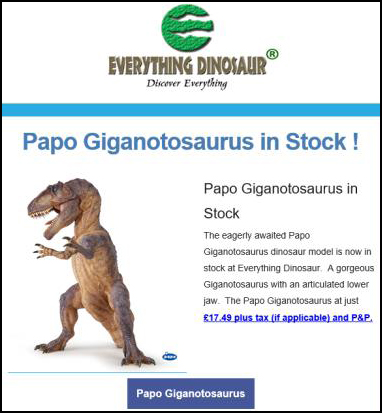
Picture credit: Everything Dinosaur
Visit the Everything Dinosaur website: Everything Dinosaur.
Papo Chilesaurus and the New Colour Variant Papo Parasaurolophus
Such has been the excitement and controversy over the introduction of the Papo Giganotosaurus dinosaur model, that the other recently introduced Papo models have been somewhat overlooked by dinosaur model fans and collectors. However, Everything Dinosaur team members were eager to make amends and include the Papo Chilesaurus and the new colour variant of the Papo Parasaurolophus model in the company’s newsletter too.
Making Waves of Their Own (Papo Chilesaurus and the Papo Parasaurolophus Models)
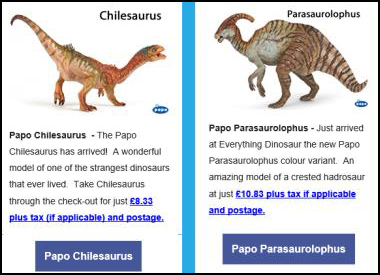
Picture credit: Everything Dinosaur
To pick up a new for 2020 Papo Giganotosaurus or any of the other Papo prehistoric animal models including the Parasaurolophus and the Chilesaurus: Papo Dinosaurs and Prehistoric Animal Models.
A Popular Postosuchus and a Rare Bullyland Ichthyosaur
Everything Dinosaur had received a number of enquiries about the popular, recently introduced Schleich Postosuchus figure. More stock of this replica of a Late Triassic predator had recently arrived and team members were keen to communicate this information to our subscribers. In addition, there were just a few of the very rare and now out of production Bullyland Ichthyosaurus models still available.
This Ichthyosaurus figure had been officially retired around seven years ago, it was first omitted from the Bullyland brochure back in 2013. We know how collectors like to acquire rare models, so we included a mention of the Bullyland Ichthyosaurus in our newsletter, helping our customers to avoid paying exorbitant prices for the same figure on auction sites.
Promoting a Popular Postosuchus and a Rare Bullyland Ichthyosaur

Picture credit: Everything Dinosaur
To request to be added to the Everything Dinosaur newsletter subscribers list, just simply send us an email: Email Everything Dinosaur.


